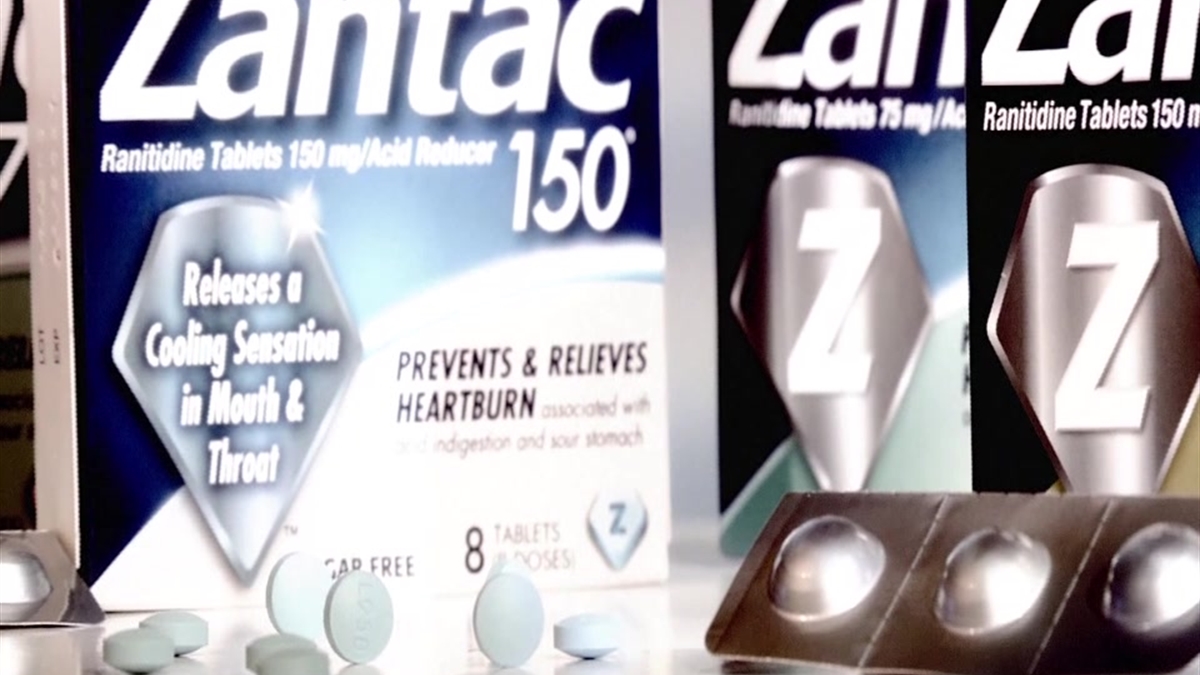As temperatures outside get colder and the days get shorter, Chicago-area residents are less than a month away from letting their clocks "fall back" as daylight saving time comes to an end.
With the shortest days of the year ahead, many may be wondering about when the upcoming time change is, and the sleep adjustment that often comes with it.
Perhaps the most noticeable change the end of daylight saving time brings is the shift in sunrise and sunset times, with Chicagoans getting ready for pitch-black skies at 5:30 p.m.
From the history of daylight saving time to how widely observed the change is, here's what you need to know about the end of daylight saving time in 2023.
When do we change our clocks?
Under federal law, daylight saving time begins on the second Sunday in March, and runs through the first Sunday of November in most of the United States.
This year, that date falls on Nov. 5, with clocks rolling back one hour at 2 a.m. that morning.
Local
How can I check sunrise and sunset times for Chicago?
With a major change on the way for sunrise and sunset times, some residents may be wondering how they can plan around the shift to better accommodate their sleep and work schedules.
Feeling out of the loop? We'll catch you up on the Chicago news you need to know. Sign up for the weekly Chicago Catch-Up newsletter here.
Upcoming sunset and sunrise times can be seen here, which shows the major shift between Nov. 4 and Nov. 5.
Before clocks fall back on Saturday, Nov. 4, the sun will rise at 7:26 a.m. and will set at 5:41 p.m., shifting to a 6:27 a.m. sunrise and 4:40 p.m. sunset on Sunday, Nov. 5.
What is daylight saving time?
Daylight saving time is a changing of the clocks that typically begins in spring and ends in fall in what is often referred to as "spring forward" and "fall back."
Under the conditions of the Energy Policy Act of 2005, daylight saving time starts on the second Sunday in March and ends on the first Sunday in November.
On those days, clocks either shift forward or backward one hour.
But it wasn't always that way.
Clocks used to spring ahead on the first Sunday in April and remained that way until the final Sunday in October, but a change was put in place in part to allow children to trick-or-treat in more daylight.
In the United States, daylight saving time lasts for a total of 34 weeks, running from early-to-mid March to the beginning of November in states that observe it.
Some people like to credit Benjamin Franklin as the inventor of daylight saving time when he wrote in a 1784 essay about saving candles and saying, "Early to bed, early to rise makes a man healthy, wealthy and wise." But that was meant more as satire than a serious consideration.
Germany was the first to adopt daylight saving time on May 1, 1916, during World War I as a way to conserve fuel. The rest of Europe followed soon after.
The United States didn't adopt daylight saving time until March 19, 1918. It was unpopular and abolished after World War I.
On Feb. 9, 1942, Franklin Roosevelt instituted a year-round daylight saving time, which he called "wartime." This lasted until Sept. 30, 1945.
Daylight saving time didn't become standard in the US until the passage of the Uniform Time Act of 1966, which mandated standard time across the country within established time zones. It stated that clocks would advance one hour at 2 a.m. on the last Sunday in April and turn back one hour at 2 a.m. on the last Sunday in October.
States could still exempt themselves from daylight saving time, as long as the entire state did so. In the 1970s, due to the 1973 oil embargo, Congress enacted a trial period of year-round daylight saving time from January 1974 to April 1975 in order to conserve energy.
When will DST resume?
In 2024, daylight saving time will take an extra day to return thanks to the leap year, and will resume on March 10, with clocks springing forward.
Which states observe daylight saving time?
Nearly every U.S. state observes daylight saving time, with the exceptions of Arizona (although some Native American tribes do observe DST in their territories) and Hawaii. U.S. territories, including Puerto Rico, American Samoa, Guam and the U.S. Virgin Islands, do not observe daylight saving time.
When did fall 2023 begin?
Although meteorological fall began on Sept. 1, the autumnal equinox -- or astronomical fall -- is Sept. 23.
"The autumnal equinox is an astronomical event that marks the start of autumn (or “fall”)," a post from the Old Farmers Almanac said. "In the Northern Hemisphere, the autumnal equinox occurs in September; in the Southern Hemisphere, it occurs in March."
"After the autumnal equinox, days become shorter than nights as the Sun continues to rise later and nightfall arrives earlier," the post continued. "This ends with the winter solstice, after which days start to grow longer once again."



